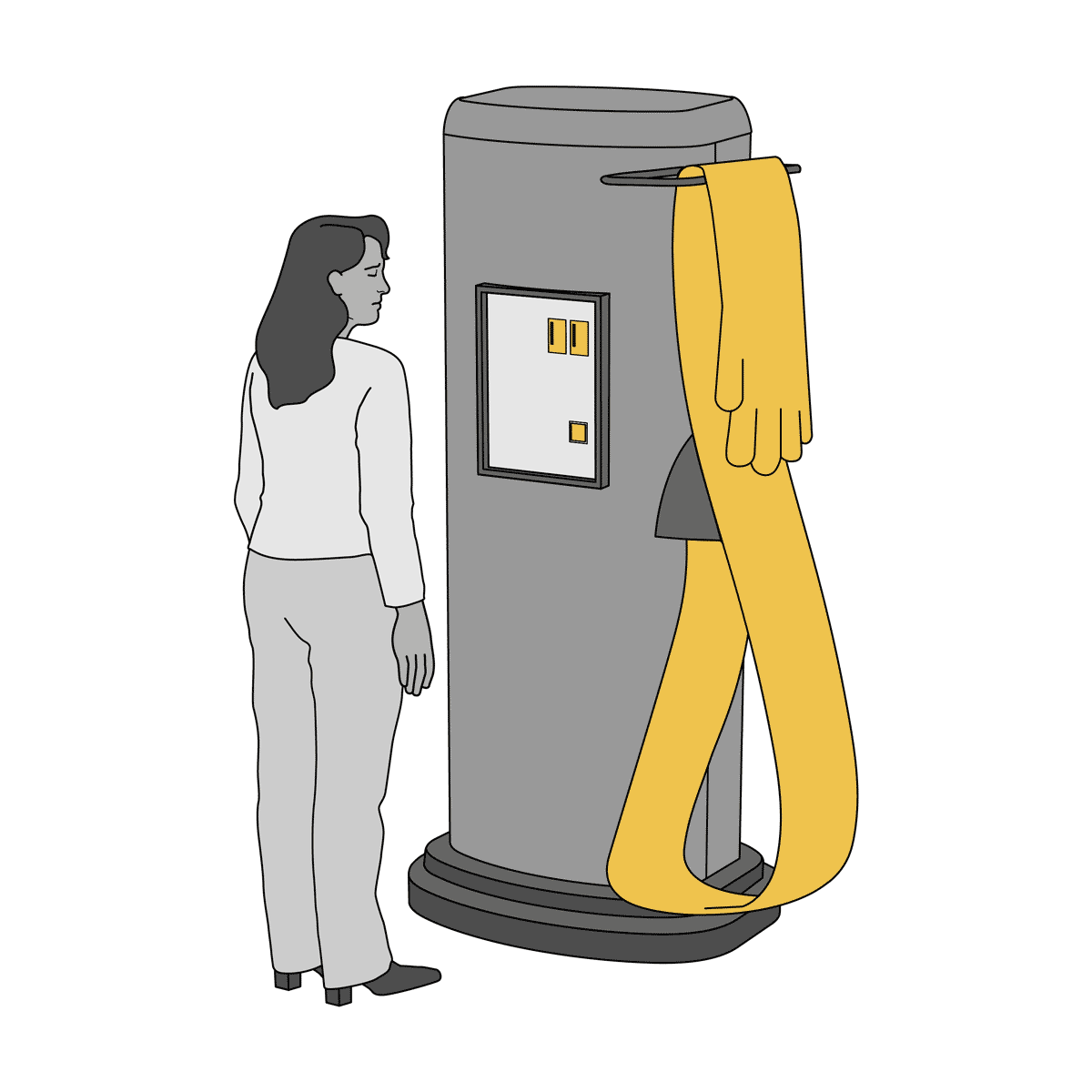Pneumatic Device for Public Comfort
February 2018
Illustration, Furniture
Academic, collaboration with Alicia Valencia



Air terrifies. Its threatening and all-encompassing presence always surrounds us, reminding us of our short time on earth every chance it gets. There is no limit for pain or suffering in the air—it absorbs them all. This is what Timothy Morton calls as hyperobject: something so massive and untamed, transcending time and space, warping our sense of being.
This menacing air is a part of the greater cosmos. These environmental elements exist far beyond human understanding yet claim visceral reality when one realizes it. Peter Sloterdijk speaks about the Geworfenheit (“thrownness”) of being in the “dis-alignment of organism and environment.”
And yet, air protects. The idea of harnessing or corseting air held a promise of mobility, movement, energy, and escape for the Utopie movement of the 1960s. The group’s pneumatic inventions in the form of inflatable buildings, furniture, and environment served as a cushion, overturning the inertia and oppression of the mainstream architecture.
So how might we protect ourselves from the imminent dangers of air? How do we escape our environment while maintaining grip on reality? We need pneumatic devices that help fight the encroaching hyperobjectivity of air and make selfsoothing experience in public spaces.
We found similar psychological cushions in two physical acts: the act of being hugged and the act of rocking back and forth. Like inflatable devices, these acts alleviate tensions and induce comfort. By being hugged, one builds trust and a sense of safety, while fighting off feelings of loneliness, isolation, and anger. Hugs relax the muscles, take away pain, and even balance out the nervous system. The act of rocking back and forth—a mild form of exercise—increases blood circulation and strength. It calms the parasympathetic nervous system by closely resembling the familiar, comforting sensation of the womb. We found artworks, furniture, and nostalgic devices that leverage these positive affects.
These gentle yet primal acts in public spaces, especially where the tension of air is the highest, suggest a therapeutic revolution—or a revolutionary therapy. This project also builds on humor, irony, and satirical intervention, intersecting the surreal and the functional. These absurd yet useful devices might only remind us of our impossible hopes of finding comfort. Perhaps the human effort to control the uncanniness of the environment is meaningless and futile.
This menacing air is a part of the greater cosmos. These environmental elements exist far beyond human understanding yet claim visceral reality when one realizes it. Peter Sloterdijk speaks about the Geworfenheit (“thrownness”) of being in the “dis-alignment of organism and environment.”
And yet, air protects. The idea of harnessing or corseting air held a promise of mobility, movement, energy, and escape for the Utopie movement of the 1960s. The group’s pneumatic inventions in the form of inflatable buildings, furniture, and environment served as a cushion, overturning the inertia and oppression of the mainstream architecture.
So how might we protect ourselves from the imminent dangers of air? How do we escape our environment while maintaining grip on reality? We need pneumatic devices that help fight the encroaching hyperobjectivity of air and make selfsoothing experience in public spaces.
We found similar psychological cushions in two physical acts: the act of being hugged and the act of rocking back and forth. Like inflatable devices, these acts alleviate tensions and induce comfort. By being hugged, one builds trust and a sense of safety, while fighting off feelings of loneliness, isolation, and anger. Hugs relax the muscles, take away pain, and even balance out the nervous system. The act of rocking back and forth—a mild form of exercise—increases blood circulation and strength. It calms the parasympathetic nervous system by closely resembling the familiar, comforting sensation of the womb. We found artworks, furniture, and nostalgic devices that leverage these positive affects.
These gentle yet primal acts in public spaces, especially where the tension of air is the highest, suggest a therapeutic revolution—or a revolutionary therapy. This project also builds on humor, irony, and satirical intervention, intersecting the surreal and the functional. These absurd yet useful devices might only remind us of our impossible hopes of finding comfort. Perhaps the human effort to control the uncanniness of the environment is meaningless and futile.